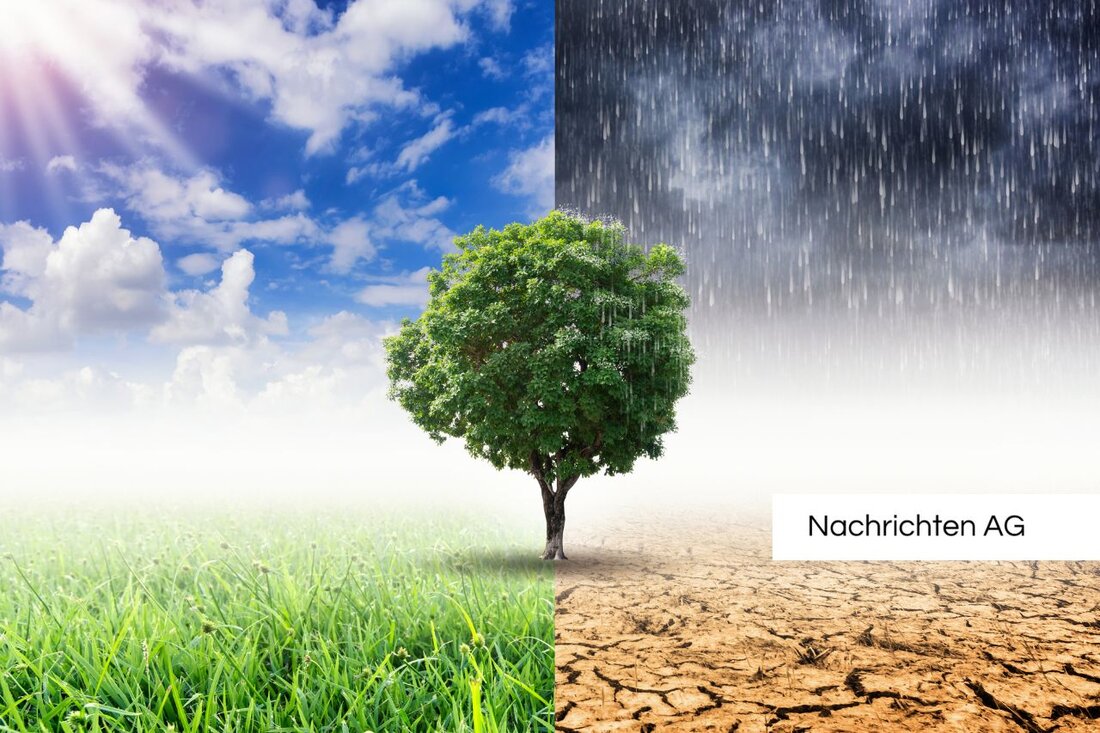Trische: The fastest island in the world with strict journey ban!
Trische: The fastest island in the world with strict journey ban!
Trischen, Deutschland - The island of Trische - a natural paradise in motion
The North Sea island of Trischen is not only an inaccessible nature reserve, but also known as the "fastest island in the world" because it moves up to 35 meters per year. The island has lost three quarters of its area to the sea in the past 100 years, which makes it both a fascinating and a fragile habitat. It is precisely this dynamic that makes trischen interesting for nature observers and researchers, such as moin.de
The bird world shapes life on trischen, which in particular shows the work of the bird's way Mareike Espenschied. She is the only person who lives on the island between March and October and looks after the large population of seabirds. Trische does not have WiFi or other amenities, but the untouched nature is of such great value that the effort is worthwhile.
A historical review
In the 19th century, Trische attracted numerous tourists who went down there their hobby, the seabird shooting. Nowadays the focus is on nature conservation. The island is no longer habitable, but the life of the seabirds continues to bloom. This development is part of a larger pattern on the East Frisian Islands, which establish itself as natural barrier systems against Seegang.
The East Frisian Islands - a valuable ecosystem
The East Frisian Islands, located between the Ems and Jemem, are not only tourist attractions such as Norderney and Cuxhaven, but also essential parts of a dynamic hydromorphological system. Historically speaking, the islands were created by subsequent ice level increase and must constantly be protected against the threats of coastal erosion and storm surges, such as the Environmental Ministry Lower Saxony emphasized
technical protective measures have been reinforced since the second half of the 19th century, but these have to be adapted again and again in order to meet the increasing challenges through climate change. Coastal protection is particularly important because the islands form a natural protective shield for the mainland coast. Coastal protection measures ranging from sediment to flexible erosion concepts are essential to preserve the life forces of the islands.
Challenge coastal protection and nature conservation
The future of the East Frisian Islands depends on well -coordinated management between coastal protection, nature conservation and tourist use. During the main season from spring to autumn, there are goal conflicts that need to be mastered in order to take into account both nature and the requirements of tourism. Cooperation between the different interest groups is essential to ensure that these regions are preserved.
Overall, tric is an impressive example of the interaction of nature and man in a constantly changing ecosystem. It is now up to us to protect and preserve this natural jewel so that future generations also have the opportunity to experience the beauty and uniqueness of these islands.
| Details | |
|---|---|
| Ort | Trischen, Deutschland |
| Quellen | |


Kommentare (0)